
In mid-September 2025, fierce storms swept through large parts of the U.S., hitting hundreds of thousands of people across multiple states. The weather brought nonstop rain, powerful winds, and a huge amount of lightning. Meteorologists were shocked by how intense these systems were and quickly warned everyone to take safety steps.
Many homes suffered damage, roads flooded, and the power went out in several neighborhoods. The National Weather Service said, “This is one of the most widespread, dangerous outbreaks of severe weather we’ve seen this year.”
Hail Wreaks Havoc
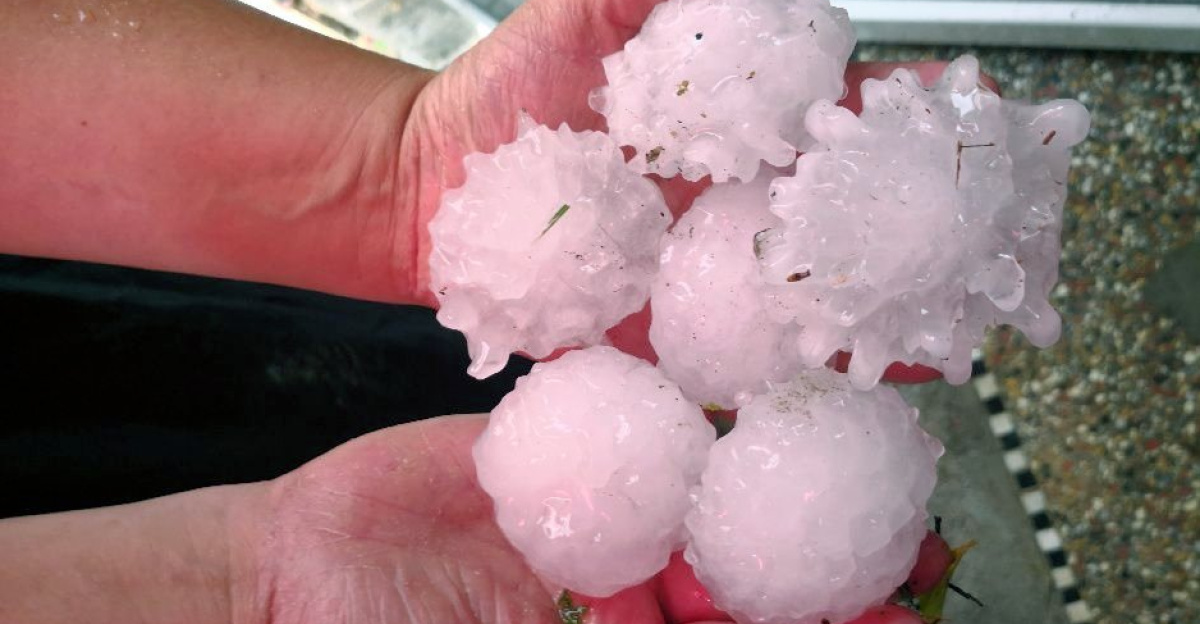
Big hailstones, some as large as golf balls, slammed into homes and cars from Texas to Connecticut, breaking windows and wrecking roofs. The National Weather Service explained that hail this size “can dent vehicles, destroy siding, and cause injuries if you’re caught outside.” Families hurried indoors as alarms and alerts warned them to stay safe, leading to a flood of insurance claims in the hardest-hit areas.
For many, the property loss from hail in 2025 was far higher than in a typical storm season. Insurance expert Jim Matthews said, “The speed and severity caught everyone off guard.”
Wide Reaching Impact
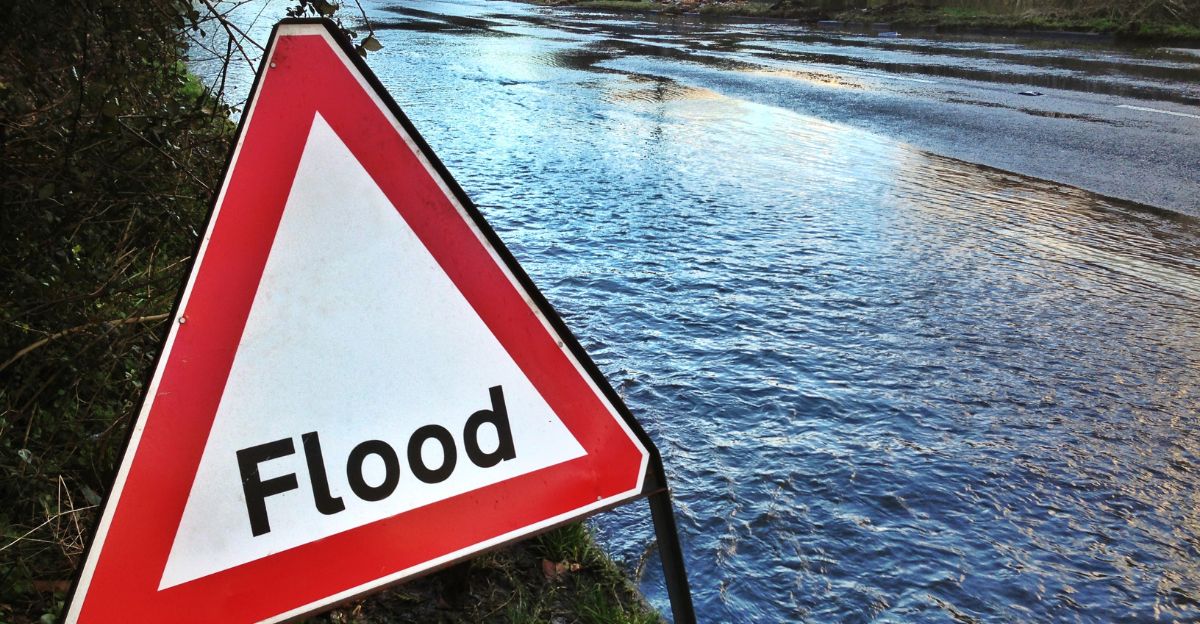
Meteorologists tracked these storms moving across more than eight states, triggering flash flood alerts and tornado warnings in places like Connecticut, Maryland, and Massachusetts. Wind gusts blew over trees and utility poles, while mobile radar units showed the storms growing even stronger as they crossed into new towns.
Emergency agencies received a surge of calls for help as both big cities and small communities were battered by nature. Experts worried about how prepared communities are for the next big disaster.
Early Alerts Helped

Ahead of every major downpour, forecasters sent out emergency warnings to phones and TVs, urging people to get inside fast. City officials said, “Don’t wait—get away from windows and stay indoors.” These alerts popped up again and again as the fast-moving storms shifted from state to state, showing just how important quick response systems are. People living in mobile homes were told to seek safer shelter.
At Least 150,000 Impacted
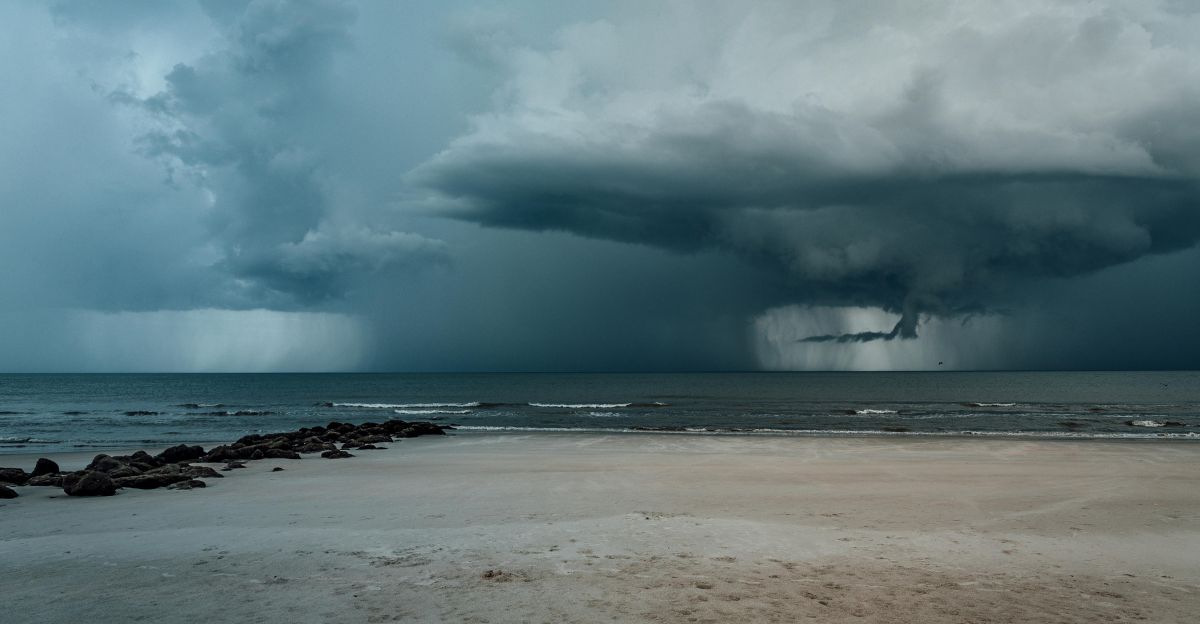
At least 150,000 Americans faced direct impacts from hail, wind, and power losses during these storms, according to initial reports. Most damage was caused by hailstones, which battered cars and rooftops, leaving many homes vulnerable to leaks. Emergency calls jumped, and utility crews worked around the clock to fix downed wires and restore power. It’s rare for so many people to experience storm damage in such a short time, underscoring just how big this outbreak was.
Connecticut in Shock
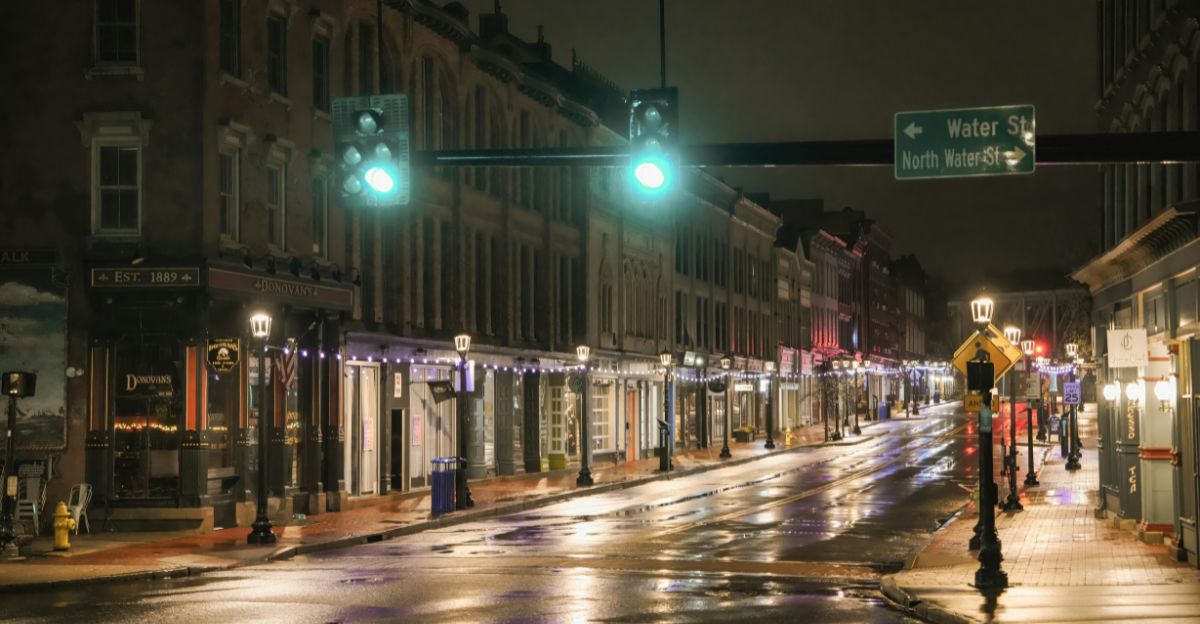
Connecticut was hit especially hard, with hail and wind destroying property and forcing the cancellation of popular weekend events. “It looked like winter in the middle of September,” a resident said. The mayor remarked, “We’ve never seen anything like this. It felt like the skies were falling.”
Broken branches knocked out power lines for thousands of homes, and community shelters quickly opened their doors to help. Despite the shock, people came together to help neighbors, and many began asking what could be done to prevent future crises.
Maryland Takes the Hit
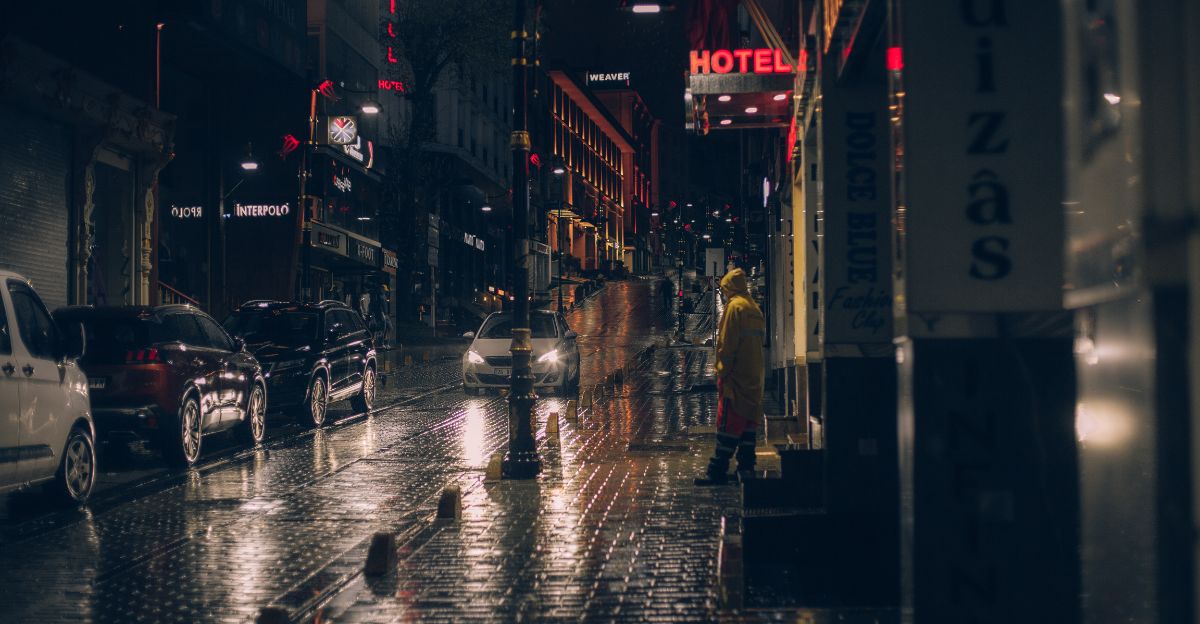
Maryland’s Bair region faced 60 mph winds and hammering hail, which led to immediate action by local responders. “We’re working nonstop,” said Fire Chief Mark Lee. Schools closed early, and road crews hustled to clear highways. Windows were shattered and some areas flooded, while repair trucks worked late into the night. Families coped with one of the worst storms seen in the area, sharing stories of survival and relief.
Massachusetts on Edge

Massachusetts dealt with tornado warnings and giant hail, leaving over 600,000 people affected. Emergency sirens blared several times, causing schools and businesses to close early. Meteorologist Lisa Crane warned, “These conditions can change in minutes—stay alert and avoid travel.”
The risk of more power outages and flash floods kept people on high alert until the storms passed. Community leaders reminded everyone to follow official updates and instructions.
Stuck in the Dark
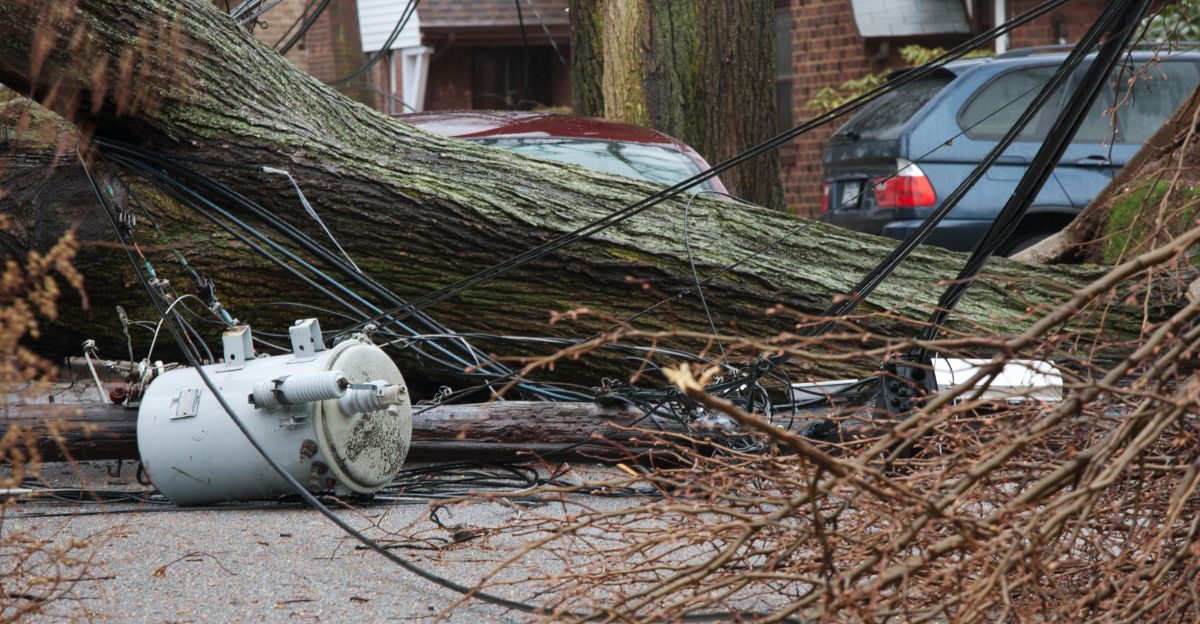
Many regions spent hours or days without electricity as hail shattered transformers and tangled wires. In Texas and Oklahoma, entire streets were blacked out. Utility spokesperson Alex Ramos said, “Our crews are working 24/7 to get everyone back online.” Hospitals switched to backup generators, and emergency shelters helped those without power.
The outages reminded families of just how much daily life depends on hard-to-repair infrastructure, and repair crews braved ongoing storms just to make fixes.
Surge in Insurance Claims

Insurance companies recorded a massive jump in claims for hail and wind damage, with many families and businesses reporting losses. “Claims volumes doubled in some regions overnight,” said industry analyst Linda Tucker. Roof repairs and water leaks were the top problems after the storms.
The spike in claims led insurance experts to urge customers to review their own coverage before the next big event, stressing, “Preparation is more important than ever before.”
First Responders Step Up
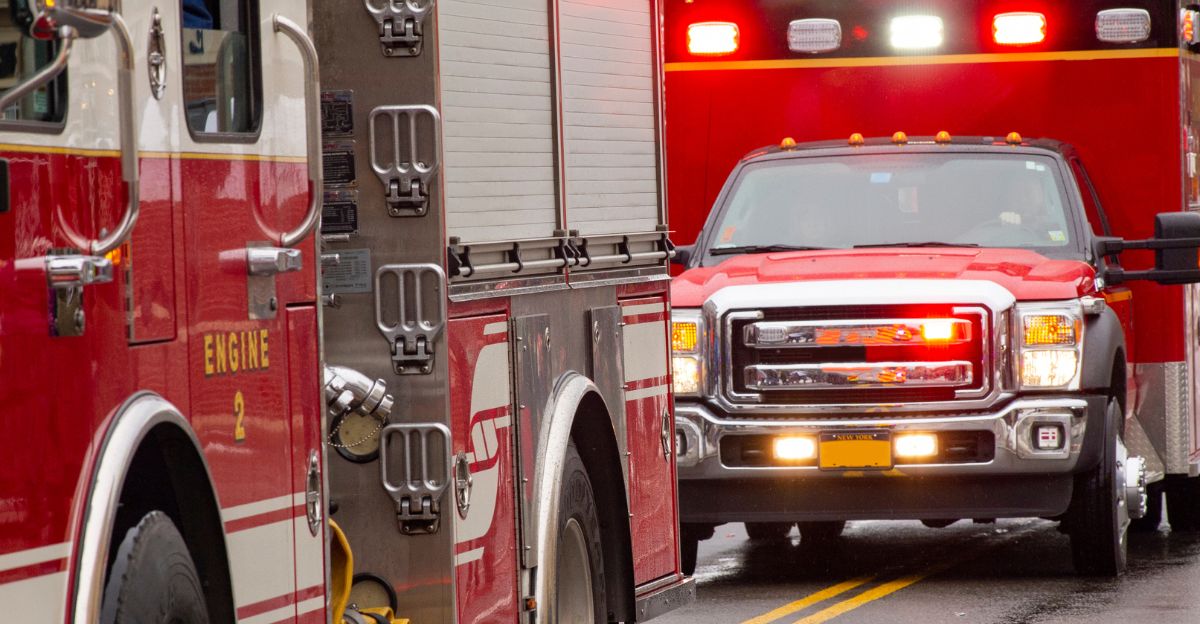
Police, fire, and EMS teams worked together to clear debris, rescue stranded drivers, and help families evacuate. State emergency centers coordinated logistics and kept everyone informed. Thanks to mutual aid agreements, neighboring counties sent help when needed. Incident commander Rob Hall said, “Public safety is always the top priority.” Teams stayed alert for more storms predicted in the coming weeks, showing the need for long-term emergency planning.
Recovery Efforts Start
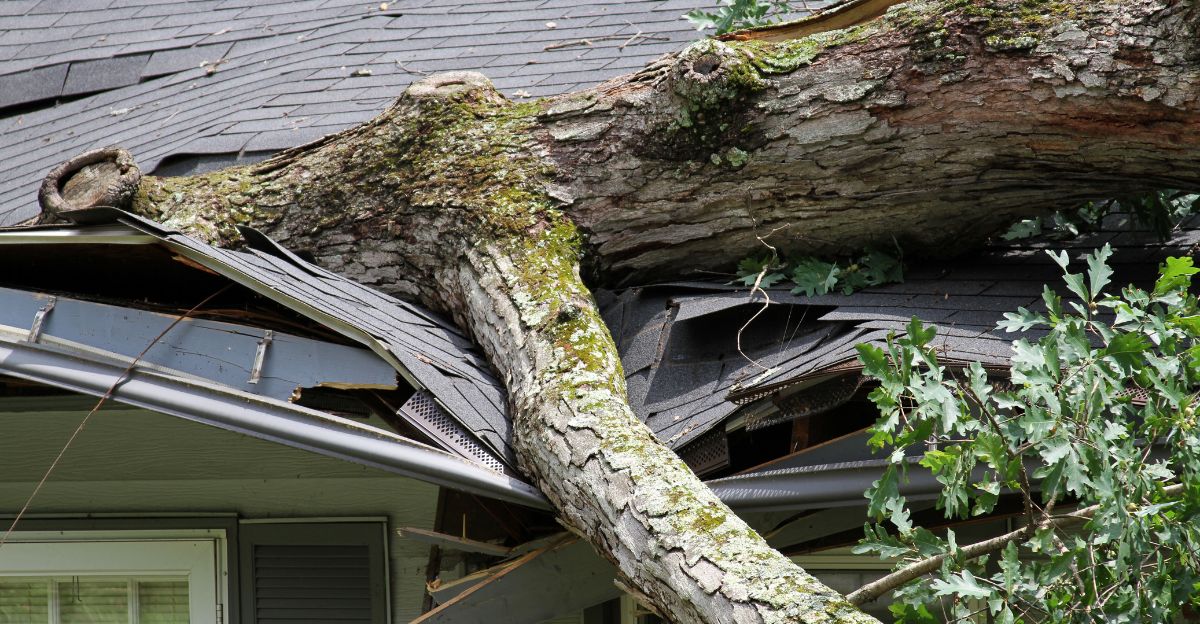
Clean-up began quickly once the worst of the storms had passed. Streets were cleared, temporary shelters kept families safe, and building inspectors checked homes for damage. Community groups raised money to help those with the most need, and cities offered emergency grants. Roofs, cars, and public spaces will take weeks to fix. Residents were urged to take detailed photos of any damage to make getting help easier.
Leading Through Crisis
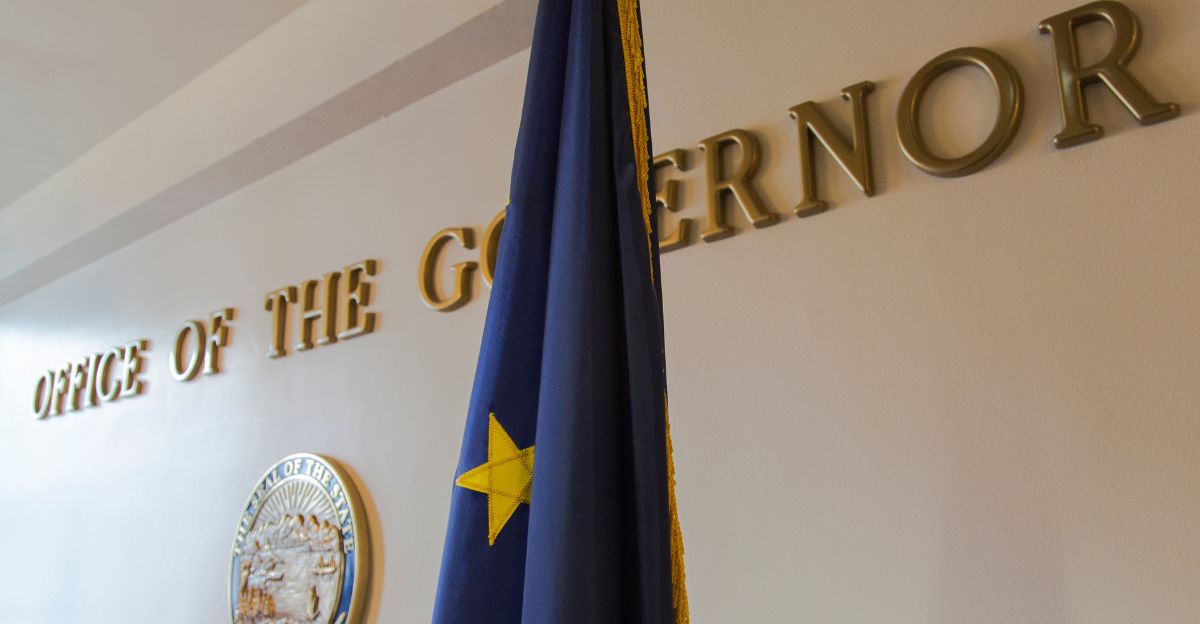
Governors and local leaders responded with promises for speedy recovery and better preparedness in the future. “We’re committed to helping every family rebuild,” said Massachusetts official Catherine Lee. Some officials called for more advanced weather tracking and stronger building codes.
Bottled water and tarps were distributed, and community activists argued for better emergency plans, saying the recent storms exposed weak points in local networks.
Rising to the Challenge

Amidst the adversity, inspiring stories surfaced. Volunteers delivered supplies and meals, neighbors joined together to clear up damage, and charities stepped forward to help. Local businesses donated materials for repairs, and schools organized fundraisers.
“When disaster strikes, we come together,” said Connecticut teacher Megan Porter. Faith groups also provided counseling for those emotionally impacted. These actions created new bonds and demonstrated the enduring spirit of communities.
Preparing for the Future
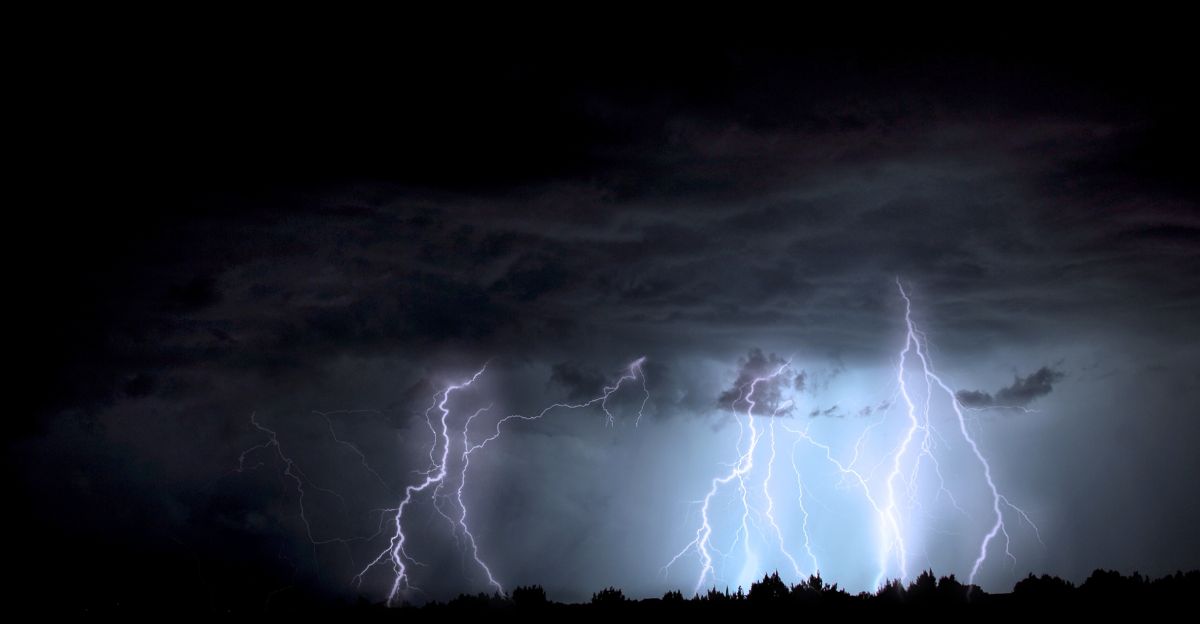
Experts warn that more severe storms are likely due to climate change, showing an increase in big hail events over the past decade. Meteorologist Noah Abrams explained, “We’re seeing storms become more frequent and stronger.” There’s ongoing work to improve early warning systems, which help people act faster.
Families are encouraged to create safety plans and assemble emergency kits to prepare for what’s next. Investing in stronger infrastructure will also make a difference when the next round of extreme weather hits.
Innovations in Storm Tracking

New technology is helping researchers track hail as it happens, using better radar and satellites to spot danger earlier. Lawmakers are considering new funds for disaster readiness, stricter building codes, and tougher insurance protections. Consumer advocates urge transparency so everyone gets clear warnings.
Scientists and government groups are collaborating to improve emergency simulations. These combined efforts are meant to make recovery faster and limit property loss in future disasters.
Ripple Effects on Businesses

The storm impacts reached far beyond homes, challenging the insurance and construction industries. Roofers and auto repair shops scrambled to keep up with requests, but supply chain problems slowed repairs in some areas.
Farms saw crops destroyed by hail, causing losses for local food businesses. Stock markets reacted to shortages of building supplies. Energy companies reviewed their operations to guard against future outages. This event taught professionals how to make their sectors more resilient next time.
Battling Misinformation Online

Social media was flooded with real and fake videos, including exaggerated claims of giant hail and imaginary tornadoes. Meteorologists and government agencies worked to correct false information, reminding the public to “Always check verified news or official sources before trusting severe weather posts.”
Some rumors about supposed government warnings led authorities to send clear updates. Combating misinformation is essential so people stay safe and informed.
Moving Forward
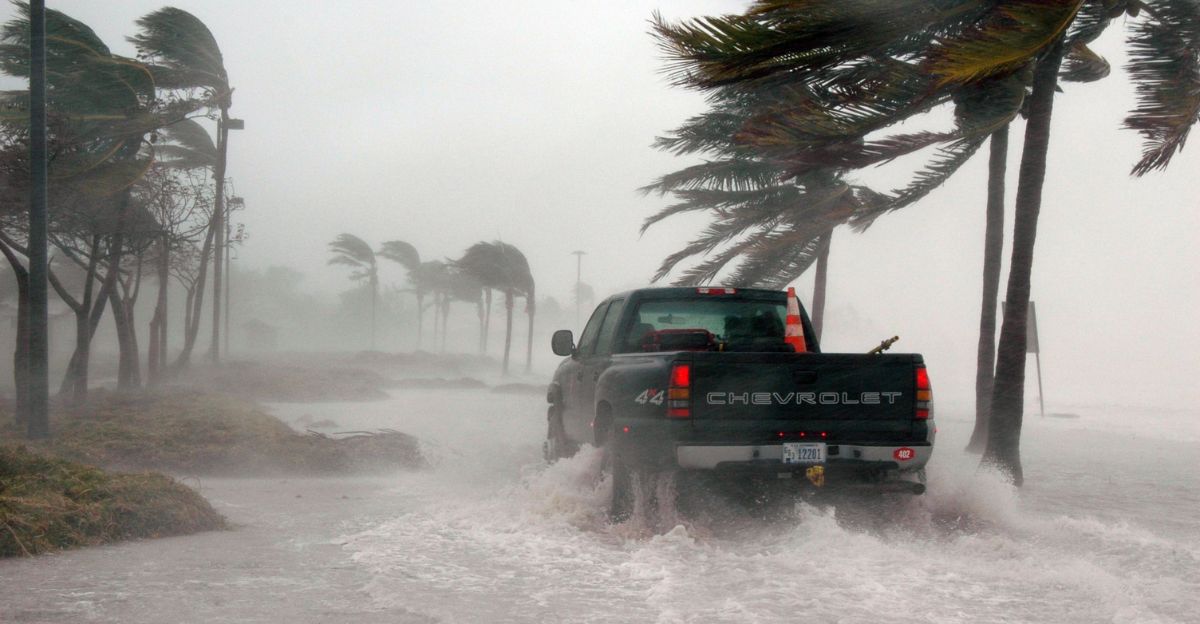
In the past, emergency alerts weren’t as widespread or coordinated as they are now. Improved technology and stronger community groups helped reduce the impact in 2025. Experts are studying past cases to build even better plans for the future.
Ready, Set, Prepare!
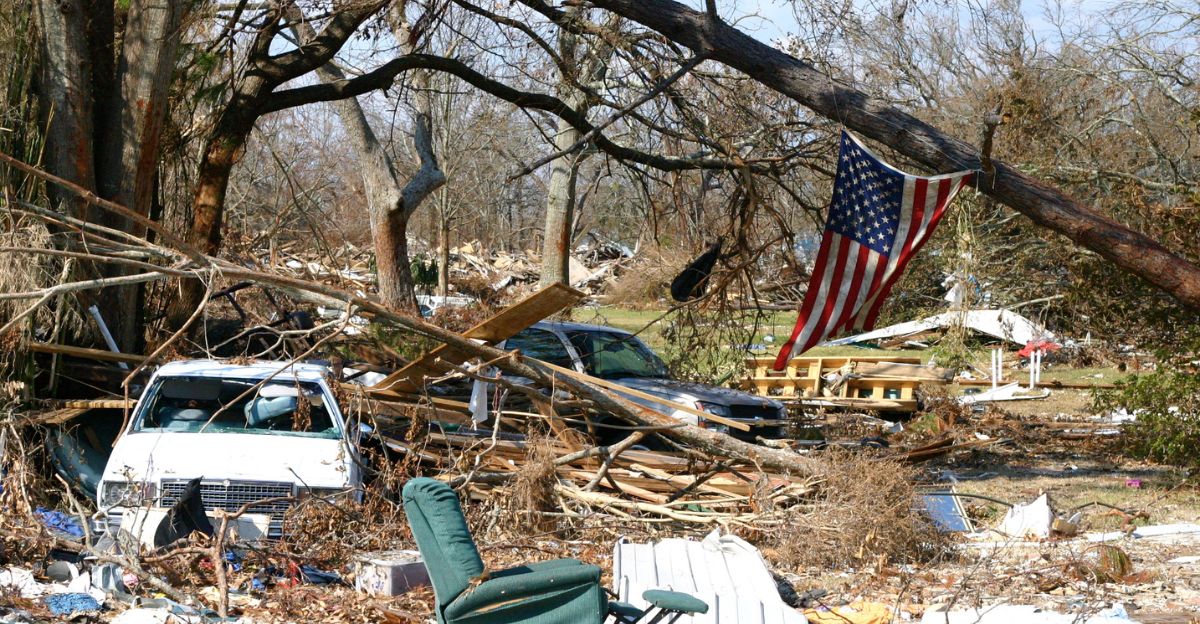
The lesson from this September’s extreme storms is clear: being ready saves lives and protects homes. The combination of fast warnings, determined communities, and sturdy infrastructure makes all the difference. Ongoing innovation by weather experts and first responders continues to improve crisis management.